In the past four months the COVID-19 vaccination campaign has gone from a desperate, chaotic search for scarce vaccines to enough vaccines for everyone who wants one. The problem now is different; in order to get to herd immunity most experts say we need at least 80% of the population vaccinated, evenly enough distributed across the population to avoid hot spots. In January, when the vaccination effort was ramping up, 47% of the adult population reported that they had already received a shot or intended to do so as soon as possible. As the following Kaiser Family Foundation (KFF) graph illustrates, this vaccine-ready share increased to 55% in February, 62% in March, and 65% in April.
 The good news
The good news
Four months ago, racial and ethnic differences in vaccination acceptance were large but they have since narrowed and no longer pose a major obstacle to the vaccination campaign. According to KFF, vaccine refusal stands at 20% for African Americans, 19% for Whites, and 16% for Latinos.
As of now, age differences are large, and some are likely to remain, but the rate of outright refusal among young adults makes a target of 70% feasible for this group. Not surprisingly, 80% of Americans ages 65 and older report that they have gotten inoculated or intended to do so very soon, compared to 50% of young adults ages 18 to 29. The good news is that only 24% of young adults say that they will not get vaccinated; the rest are waiting to see what happens. It seems likely that as more members of this group get their shots, peer pressure or effectively-targeted incentives will induce others to follow suit. The recent decision to make 12-to-15-year-olds eligible for the Pfizer vaccine further increases the share of the population that can get vaccinated.
The final challenge
But now that we are in the endgame, the pace of the increase is slowing significantly and it looks like getting the last 20% vaccinated will prove harder than anyone thought it would be four months ago. The rate of decline in the “wait and see” group slowed significantly in April, which suggests that those who remain in the pool will be harder to persuade than those who have left it. Of this group, some say that they would get their shots if “required” to do so. But both government and the private sector have shied away from mandates thus far. In fact more than half the states have seen legislation introduced that limits the ability of employers (public and private) to require workers to be vaccinated. Vaccine “passports” are also very unpopular.
A recent KFF survey found that concerns about safety rank highly, as does the fear that the vaccine was developed too quickly to have examined the full range of possible negative effects. Some refusers in the survey still believe that COVID-19 is not as serious as the experts claim, and others assert that because they have had the disease, their immune system adequately protects them.
But education and partisanship account for the largest differences. Eighty-one percent of college-educated adults report that they have already been vaccinated or soon will be, compared to just 58% of non-college adults. Still, an additional 19% of those without a four-year college degree say that they are waiting to find out more, and only 22% are outright refusers.
Partisan affiliation makes a difference, but it’s hard to tell just how much. On the one hand, a Quinnipiac survey put the share of Republicans who won’t get vaccinated at 45%, as did 47% in a Gallup poll. A New York Times analysis of county-level election results found a strong correlation between vaccine refusal and the share of the vote for President Trump. On the other hand, in its April survey KFF found that of the 45% of Republicans who haven’t yet been vaccinated, almost half are waiting to see rather than refusing outright. If most of the wait-and-see Republicans end up getting inoculated, the share of vaccinated Republicans could hit 70%, compared to about 90% for Democrats. Survey results for the major elements of the Republican coalition—white evangelicals, rural Americans, and whites without college degrees—are consistent with this estimate.
We’re learning
Behavioral economists have found that as transaction costs (money, time, effort, and the like) of acts decline, individuals are more likely to perform them. Although COVID-19 shots are free, they often required long drives and waits in the earlier stages of the campaign. States, localities, and the federal government are responding by reducing their emphasis on mass inoculation centers and setting up smaller sites closer to communities whose vaccination levels have lagged behind. In addition, local pharmacies are being urged not to require registration and to accept walk-in patients. Recently, President Biden announced a deal with Uber and Lyft, the two big ride-share companies, for free rides to vaccination sites.
As noted earlier, evidence suggests that most Americans would resist outright mandates to get vaccinated, whether from the government or the private sector. Employers fear that requiring shots as a condition of employment would lead to litigation and reduce their chances of rehiring laid-off workers.
Carrots may work better than sticks, however. Two weeks ago, West Virginia Gov. Jim Justice announced a program to give young adults $100 savings bonds if they get vaccinated. To the consternation of nutritionists, Krispy Kreme announced it would give a free donut per day to anyone showing proof of vaccination. Budweiser is offering a free beer to vaccinated individuals (proposed slogan: a shot and a Bud.)
Recent research suggests that they are on the right track. Randomized survey experiments by the UCLA COVID-19 Health and Policy Project found that cash payments increased the reported willingness to get vaccinated, as did the prospect of no longer having to wear face masks. These results held across racial, ethnic, and partisan differences.
The final option is persuasion. Focus groups indicate that testimonials from politicians do not work, even for Americans who support them. Although doctors, nurses, and other healthcare providers are regarded as the most credible sources of information, only one-quarter of vaccine-hesitant Americans have consulted these sources. A national mobilization of providers could increase this number substantially. According to KFF data, experts in the CDC, state and local health departments, and pharmacies are more trusted by Blacks and Hispanics than by white Americans.
After extensive field research, the nonpartisan Covid Collaborative and the Ad Council determined that most Americans regard getting vaccinated as a personal choice, not a duty. Accordingly, they have adopted “It’s up to you” as the slogan for their public information campaign while stressing the personal benefits of inoculations, such as long-deferred face-to-face reunions with parents and grandparents. By contrast, the Biden administration has chosen a more civic-minded slogan, “We Can Do This,” which may turn out to be less appealing to Americans who mistrust government or Democrats.
John Bridgeland, CEO of the Covid Collaborative, says that “Our campaign [with the Ad Council] is reaching a population that is more difficult for the government campaign to reach.” Within the next few months, we will find out whether he is right.
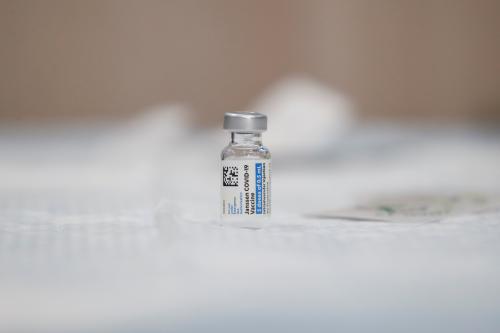
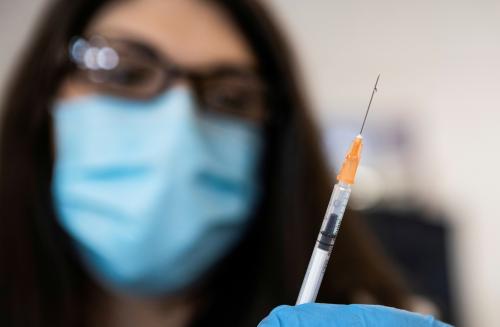
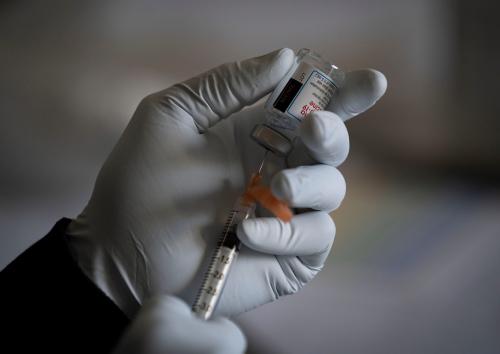
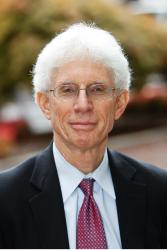


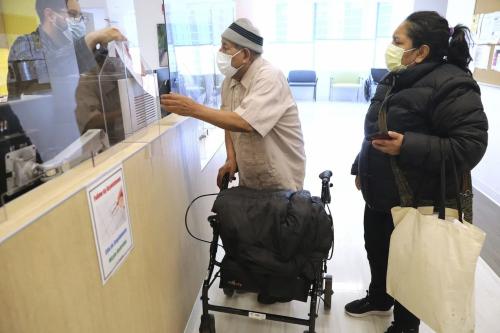
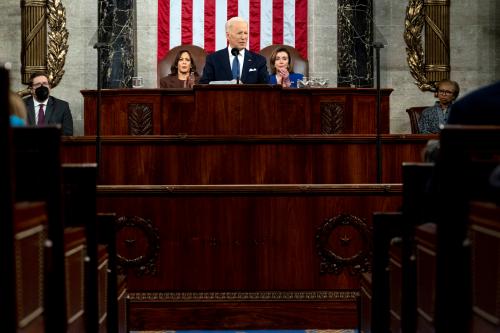
Commentary
COVID-19 vaccines: The endgame
May 12, 2021